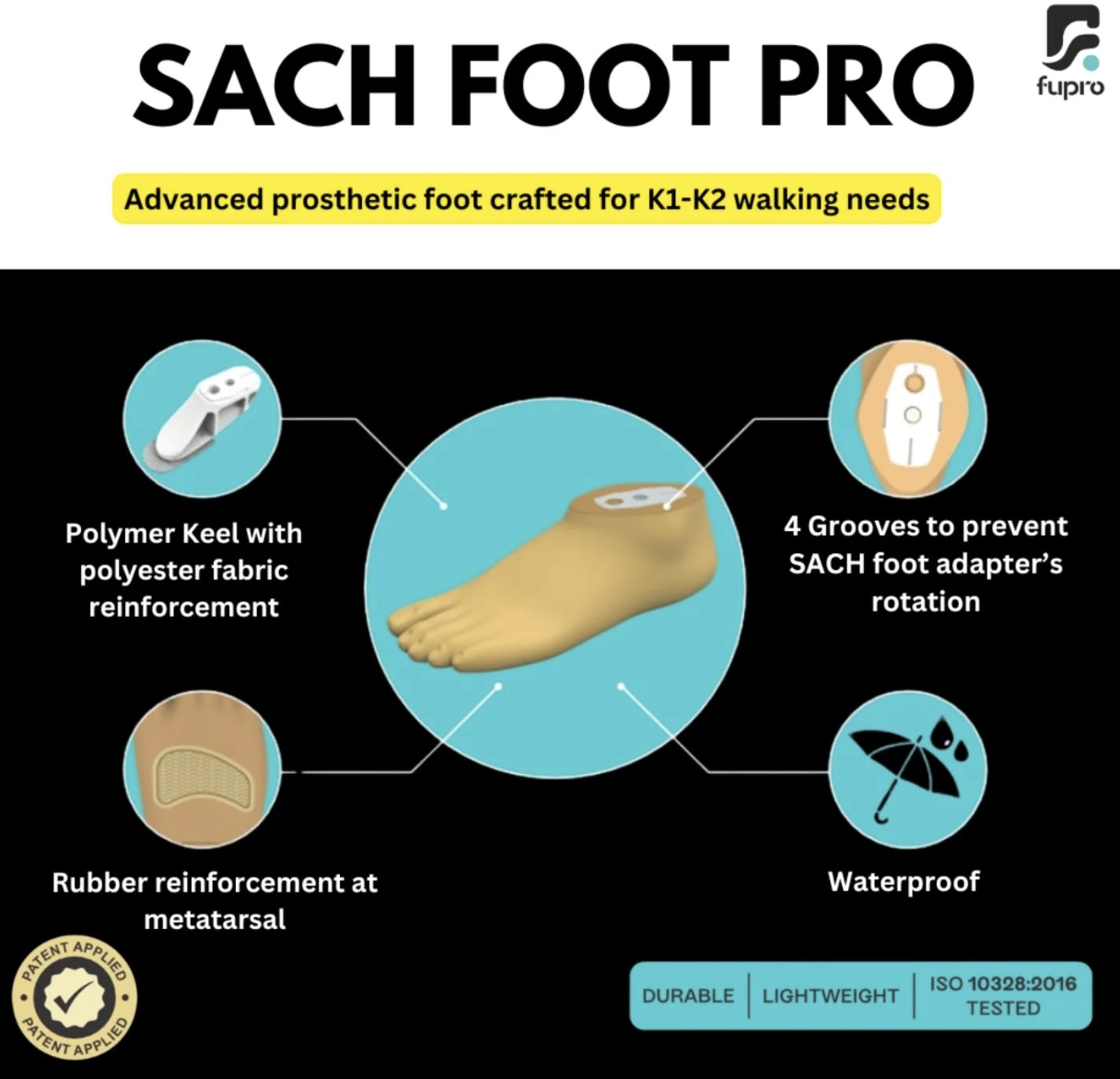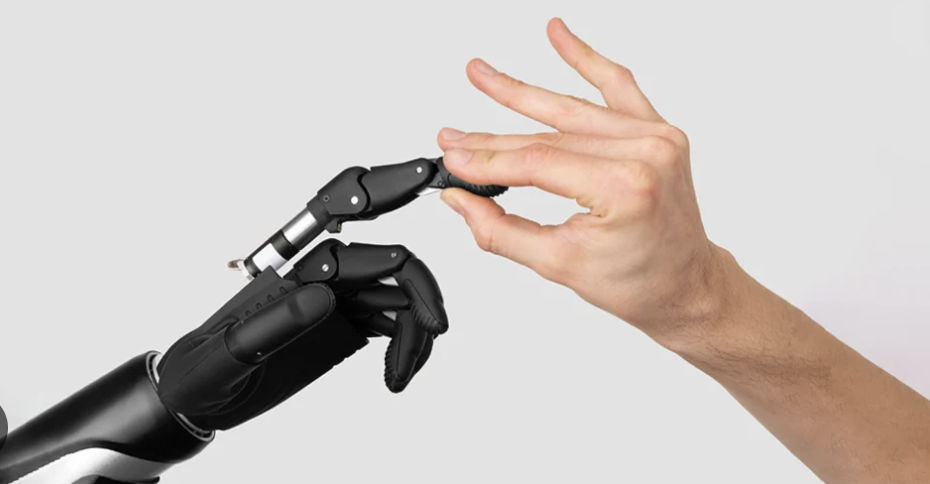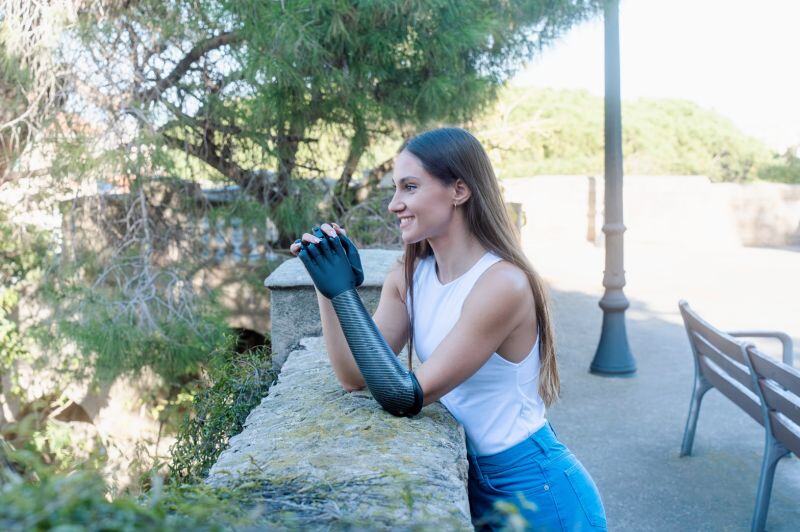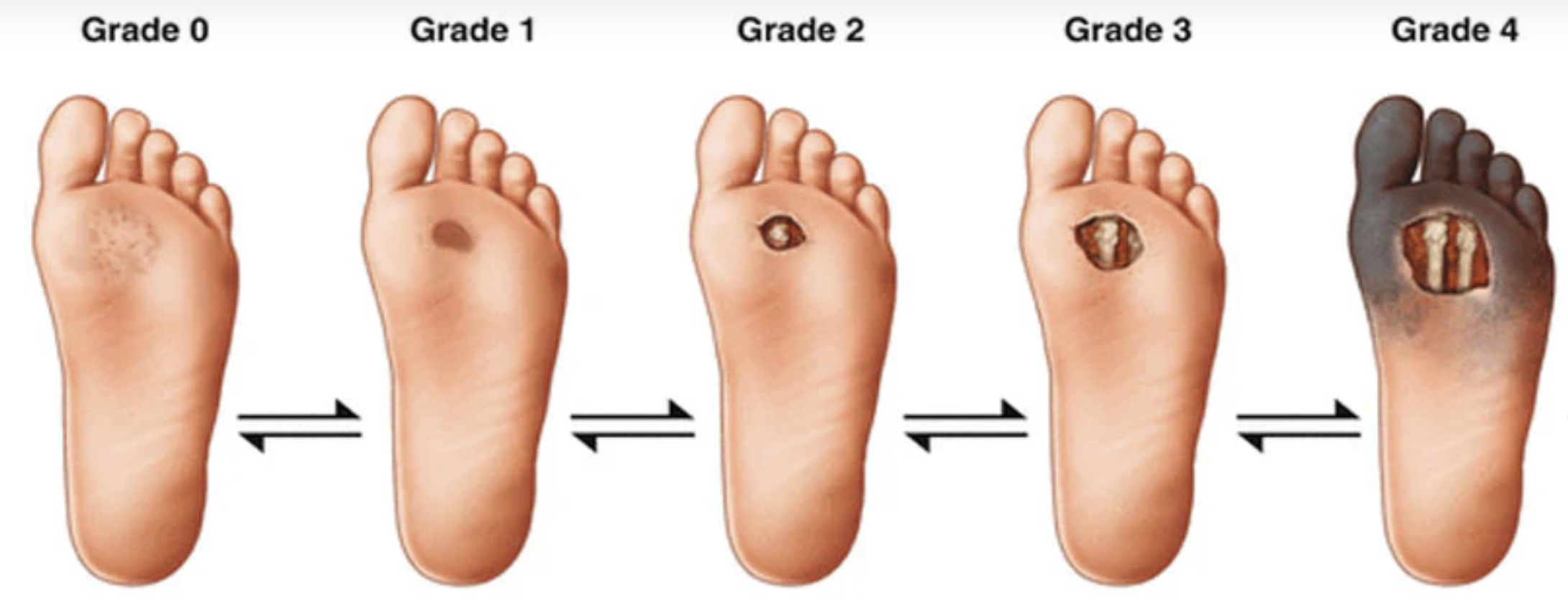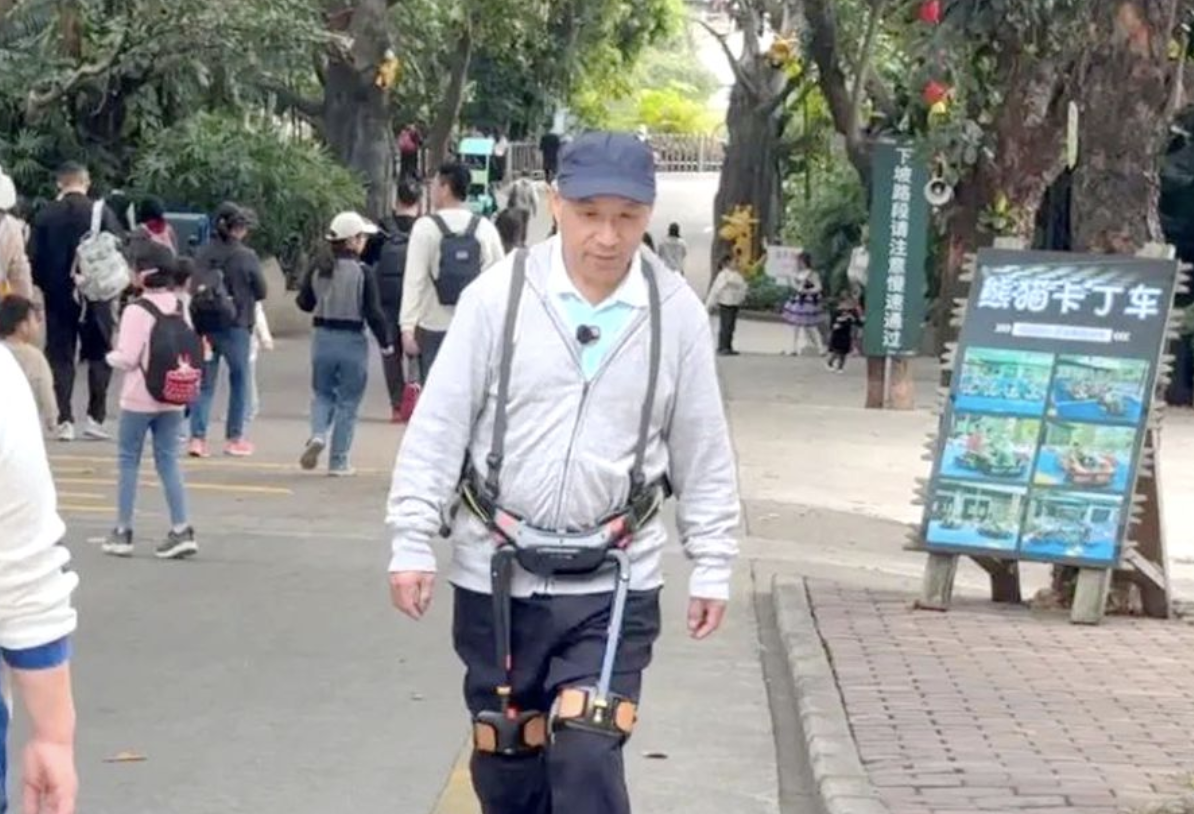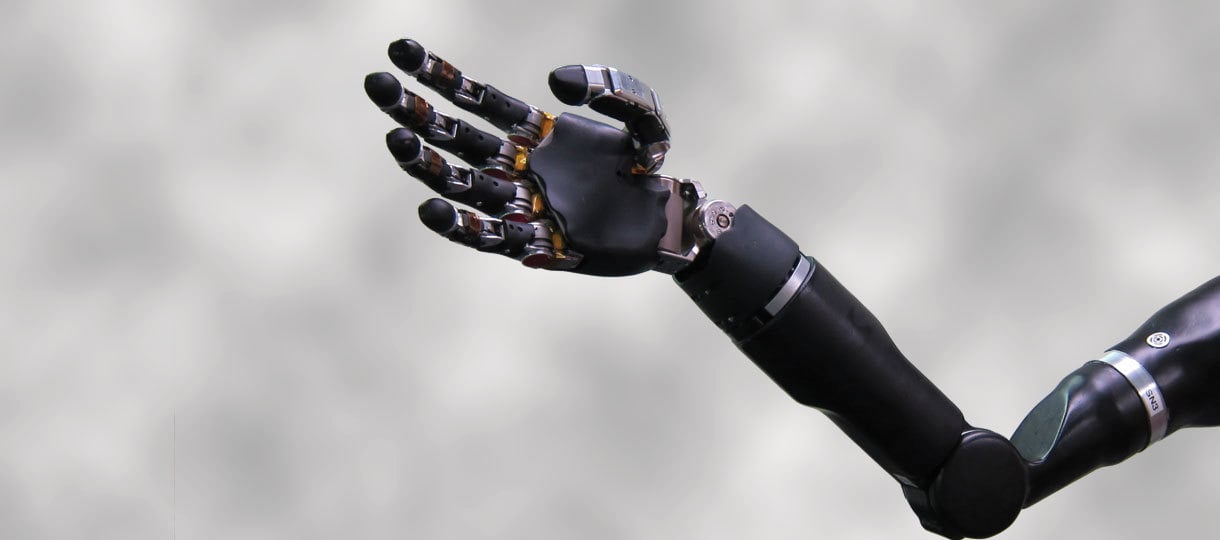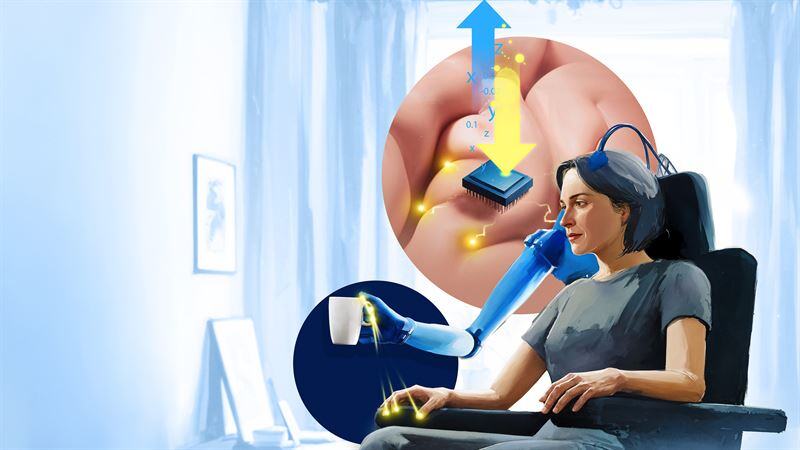Researchers are increasingly using AI to assist people who have lost a limb to gain enhanced control over their prosthetic.
AI's role in prosthetics is nothing short of revolutionary, says Neil Sahota, an IBM master inventor and United Nations artificial intelligence advisor. "By analyzing vast amounts of data, AI can tailor prosthetic devices to the unique needs of each individual, ensuring a perfect fit and unparalleled functionality," he observes in an email interview. "This precision engineering allows users to move with a natural grace, reclaiming the fluidity of movement that once seemed lost."
AI-powered prosthetics can learn and adapt. "Through machine learning algorithms, these devices can anticipate a user's movements and adjust accordingly," Sahota says. Imagine a prosthetic hand, for instance, that can sense the delicate nature of holding a child's hand or the firm grip needed for a handshake. "This level of responsiveness doesn’t just restore function; it restores dignity and independence."
Prosthetics encompass a wide range of needs and technologies, says Blair Lock, CEO and co-founder of hand and arm prosthetics developer Coapt, via email. He notes that some prostheses, such as prosthetic arms, cochlear implants, and nerve stimulators, are technically complex. Yet many other prosthetics, such as cosmetic ears and knee replacements, require little or no electro-mechanical complexity. "Going forward, however, all prosthetics may be influenced in a greater or lesser way by AI," Lock says.
Perhaps most important is AI's role in creating and refining brain-machine interfaces, which connect a prosthesis directly to its user's nervous system. "These interfaces can interpret neural signals and translate them into prosthetic movements closely mimicking natural limb functions," says Jonas Torrang, co-founder of IsBrave.com, a website dedicated to empowering prosthetics users. "For example, optical connections in development could potentially allow prosthetic hands to function with the same dexterity as biological hands by directly interfacing with the brain," he notes in an online interview.
Advanced Technologies
A notable example of an advanced AI-supported prosthetic is the LUKE Arm, developed by DEKA Research and Development. "This prosthetic arm integrates AI to provide a range of complex movements, allowing users to perform tasks with a level of dexterity and precision previously unattainable," Sahota says. The LUKE Arm can sense and adapt to the user's intentions, making it a potentially groundbreaking innovation in upper limb prosthetics.
Similarly, the Össur Proprio Foot uses AI to adjust its position and stiffness in real time, based on the user's walking patterns and terrain. "This smart adaptation provides users with a more natural gait, reducing the effort required to walk and improves overall mobility," Sahota says. "Such advancements exemplify how AI can create prosthetics that closely mimic natural limb function."
Moving Forward
AI prosthetics technology is advancing on several fronts. Researchers at the UK's University of Southampton and Switzerland's EPFL University have, for instance, developed a sensor that allows prosthetic limbs to sense wetness and temperature changes. "This capability helps users adjust their grip on slippery objects, such as wet glasses, enhancing manual dexterity and making the prosthetic feel more like a natural part of their body," Torrang says.
Multi-texture surface recognition is another area of important research. Advanced AI algorithms, such as neural networks, can be used to process data from liquid metal sensors embedded in prosthetic hands. "These sensors can distinguish between different textures, enabling users to feel various surfaces," Torrang says. "For example, researchers have developed a system that can accurately detect and differentiate between ten different textures, helping users perform tasks that require precise touch."
Natural sensory feedback research is also attracting attention. AI can be used to provide natural sensory feedback through biomimetic stimulation, which mimics the natural signals of the nervous system. "This approach has been shown to improve the functionality of prosthetic limbs by allowing users to perform complex tasks more efficiently and with fewer mistakes," Torrang states. "By using AI to translate natural signals, prosthetics can offer a more intuitive and less mentally taxing experience."
On the downside, despite a great deal of promising research, AI-driven prosthetics researchers continue to face significant challenges in getting their systems to accurately interpret neural signals. "Interfaces must precisely decode complex neural inputs to ensure that the prosthetic responds correctly to user intentions," Torrang says. Signal noise and variability can hinder performance, making it difficult to achieve reliable control. "Inconsistencies in neural signals can lead to delays or errors in movement, impacting the prosthetic's usability."
Looking Forward
Torrang believes that AI prosthetics research will advance rapidly over the next few years, with neural interfaces getting smarter, allowing prosthetics to interpret brain signals more accurately. The goal is creating prosthetics that function and feel close to natural limbs. "Advanced sensors will let users feel textures and temperatures, improving their interaction with the environment," he says. "Personalized AI will tailor prosthetics to individual needs, enhancing comfort and usability."


